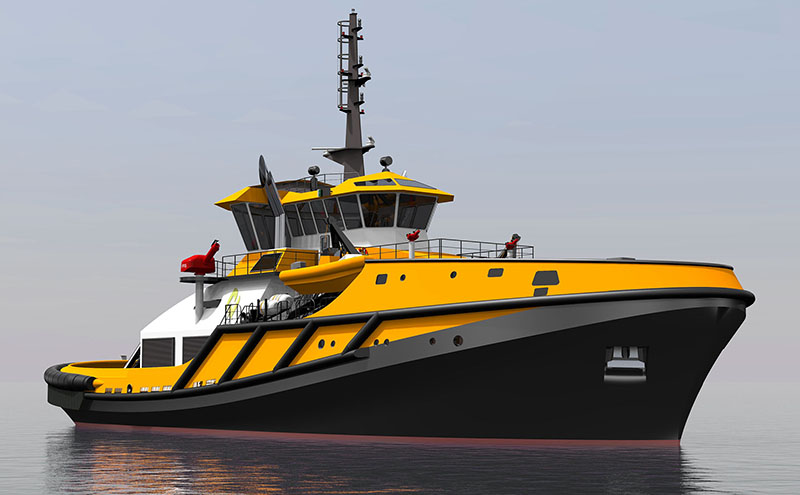The recent grounding of a Kirby Corp. articulated tug-barge in British Columbia has brought renewed attention to the issue of tanker traffic in the region. Heated discussions center around a possible moratorium by the Canadian government on voyages of oil-laden tankers through northern British Columbia waters.
The debate made for an interesting backdrop during my recent press tour to the headquarters of naval architects Robert Allan Ltd. in Vancouver.
Following a review of the latest news from Robert Allan — the first Carrousel Rave (Robert Allan Voith Escort) tug is currently under construction in Hamburg for Novatug BV, a subsidiary of Multraship Towage & Salvage, designed in conjunction with Voith Turbo Marine for operations in confined waterways and tight spaces — talk quickly turned to tanker transits and the desired types of escort and ship-handling tugs.
Robert G. Allan, executive chairman of the board for the company his family founded, said that the risks of oil transportation could be reduced significantly.
“The objective must be to absolutely minimize the risk of a grounding spill,” Allan said. “The hull forms that work best for escort towing are also extremely effective in general seakeeping.” The reduced roll adds safety for crews.
As examples of what he called “serious escort towing,” Allan highlighted VSP (Voith Schneider propeller) and Rotortug propulsion configuration operating in “combined arrest mode.”
In connection with Enbridge Inc.’s Northern Gateway B.C. pipeline proposal, Robert Allan has designed the RAincoast Guardian-class escort/rescue tug with a triple Z-drive configuration. Two Guardian-class tugs would accompany each tanker.
Allan noted that escort tugs need to be built for a particular application. “Every project has a unique set of shipping, environmental and geographic constraints. There’s no universal escort tug solution,” he said.




